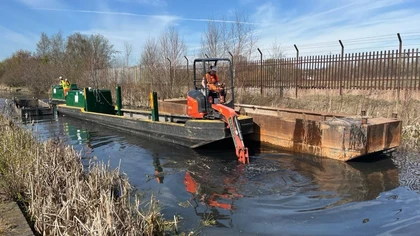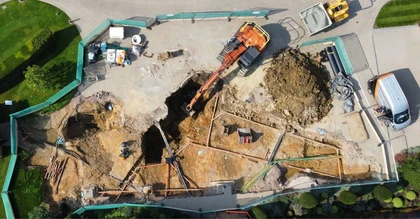SOCOTEC provides testing and analysis for Polyaromatic Hydrocarbons (PAH) and other organic compounds, through its environmental chemistry specialist laboratories.
Polyaromatic Hydrocarbons (PAHs) are a group of organic compounds which have two or more benzene rings in their structure. Most PAHs in the environment are from incomplete combustion of carbon containing materials such as oil, coal, gas etc. They are often absorbed onto particles of soot emitted from combustion sources. Some PAHs may cause cancer and genetic damage.
PAH Analysis
PAHs are analysed by extracting the environmental sample with solvent and then analysis by Gas Chromatography Mass Spectrometry (GCMS).
Identifying the Source of PAHs
Identification of the source of Polycyclic Aromatic Hydrocarbons (PAHs) can be important to ascertain if contamination has originated from site, or from external/historical sources. The composition of the PAHs depends on its source and how it has been treated.
SOCOTEC has a long history in the forensic analysis of sites, using TPH investigation to establish the potential source of hydrocarbon contamination.
The three main sources of PAHs are:
- Petrogenic – formed through slow, long term moderate temperatures (for example, fossil fuels, petroleum products)
- Pyrogenic – formed through rapid, high temperature combustion (e.g. coal tars, combustion products)
- Phytogenic – derived from plant sources
By plotting the PAH ratios, such as Fluoranthene:Pyrene to Benzo(a)anthracene:Chrysene, the double ratio plot pattern of where these ratios cluster will help in identifying the source. These double ratio plots are also useful in comparing samples to ascertain if the sources are related.

Talk to our experts
Want to find out more about SOCOTEC's Environmental Science services?
You might also be interested in:
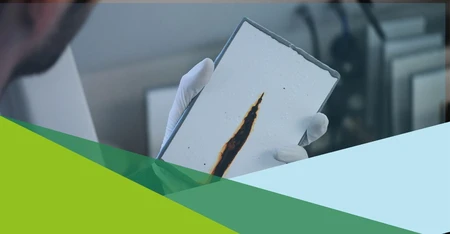
Paints and Coatings - Start to finish
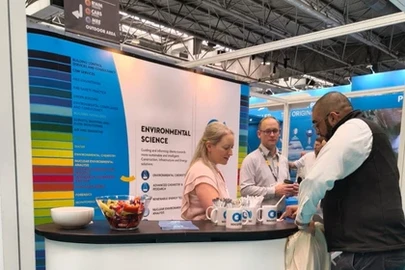
SOCOTEC UK and Ireland Makes Strong Impact at ESS Expo 2025
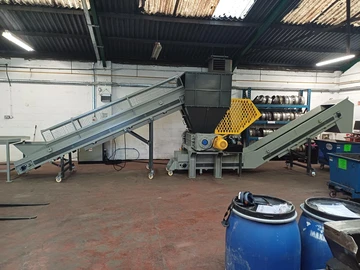
SOCOTEC UK & Ireland Enhances Testing Capabilities with New Primary Shredder at Burton Facility

Street Works Protocol: Everything You Need to Know Before the Deadline

Characterisation of Unknowns
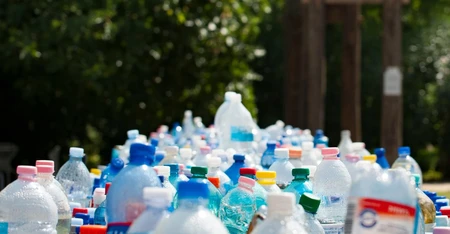
Preparing for 'Simpler Recycling' Legislation: Effective Waste Management Solutions

An Introduction to Environmental DNA Analysis




